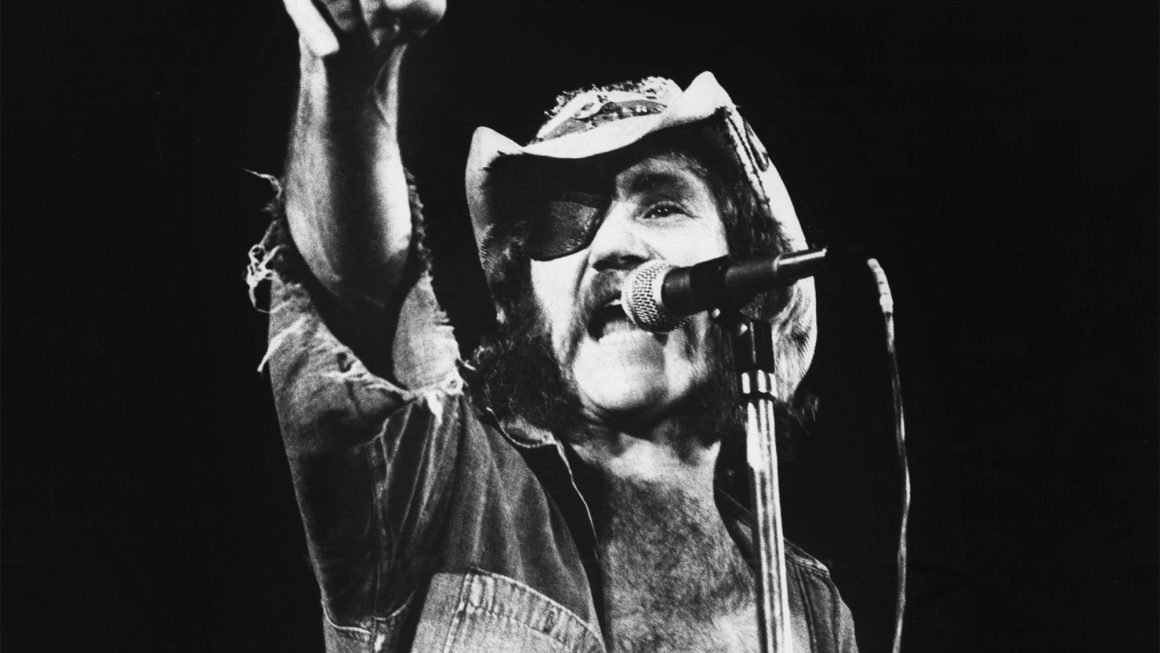As the digital needle drops on a bold, thumping beat, rhythmic words cascade from the speakers, painting pictures and telling tales that are as vibrant as they are varied. This isn’t just any form of music – it’s Alternative Hip Hop, a genre that has carved out its own niche and has evolved in intriguing ways since its inception.
The Dawn of a New Beat
Born in the late 1980s and early 1990s, alternative hip hop was a direct response to the commercial and thematic stagnation of the mainstream hip hop scene. From the outset, it was an artistic playground for the underdogs, the poetic rebels, and the dreamers who dared to deviate from the norm.
The pioneers of alternative hip hop — including the likes of A Tribe Called Quest, De La Soul, and the Beastie Boys — began experimenting with eclectic elements from jazz, soul, funk, and rock. With this innovative approach, they breathed fresh life into hip hop, transforming it from a largely party-centric, beat-driven genre to a multifaceted form of expression that wasn’t afraid to traverse the unconventional routes. This period witnessed the emergence of multidimensional lyricism that explored societal issues, personal experiences, and abstract philosophies. The beats also became more experimental, infusing sampled sounds from various genres and even introducing live instrumentation.
One of the genre’s most influential milestones during this era was the release of De La Soul’s “3 Feet High and Rising”. This record boldly broke away from the hardcore, gangsta-rap aesthetic of the time, featuring a potpourri of samples ranging from Johnny Cash to Hall & Oates, packaged in a whimsical album cover that was as distinct as the music it held. This album, along with several other releases from this period, marked a shift in hip hop towards more intricate and imaginative soundscapes.

Journey Through the Ages: The Flourish and Fusion
In the mid to late 1990s, the genre further expanded as artists began exploring and fusing with various musical styles. This era saw a boom in the indie hip hop scene, with artists like MF DOOM and Madlib pushing the envelope, distorting the lines between avant-garde and hip hop. It also saw the mainstream success of groups like OutKast and The Fugees, whose albums were critical and commercial hits, blending eclectic influences with compelling storytelling.
In the 2000s, alternative hip hop continued to evolve and shape-shift. It saw the rise of artists like Kanye West, who blended soulful samples with electronic elements, resulting in albums like “The College Dropout” and “Late Registration”. The genre also witnessed a surge in popularity and artistic growth with the internet boom. Artists began experimenting with digital production and distribution, leveraging platforms like MySpace, Bandcamp, and Soundcloud to reach a wider audience.

The 2010s and beyond has witnessed further diversification, with sub-genres like lo-fi hip hop and cloud rap emerging. Artists like Tyler, the Creator, and Childish Gambino have leveraged alternative hip hop’s experimental nature, delivering genre-blending albums that further exemplify the genre’s adaptability and variety.
Conclusion: A Symphony of Sounds and Stories
In conclusion, alternative hip hop has evolved from being an undercurrent in the vast ocean of music to a genre that’s made its mark on the mainstream stage. Its birth was a response to the need for fresh, innovative sounds, and its evolution reflects the continuous exploration of musical boundaries. It’s a genre that has fostered a legion of artists who aren’t afraid to experiment, to tell their own stories, and to infuse their music with their unique flavors.
As we tune into the future, the genre continues to thrive in its alchemic experiments, transmuting sound and words into lyrical gold. It’s this continuous push for reinvention, this yearning for fresh narratives and unconventional sonic elements, that will drive the next chapter in the evolution of alternative hip hop. So here’s to the alchemists of alternative hip hop, who dare to blend, to break, to bind, and to birth new sounds in the heart of the musical cosmos.



